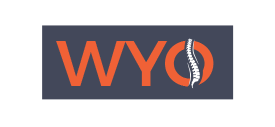Lordosis
What is Lordosis?
The spine forms a natural curve at the neck, torso, and lower back, which allows it to absorb shock and hold the weight of your head. When this curvature is accentuated at the lower back, it is called lordosis. Lordosis may develop during childhood as a benign condition or later in life because of poor posture, osteoporosis, obesity, discitis (inflammation of the intervertebral discs) or spondylolisthesis (mal-alignment of the vertebrae).
Impact of Lordosis
Due to this abnormal arch, the abdomen and buttocks are pushed out more than normal.
Symptoms of Lordosis
Lordosis places greater pressure on the spine causing pain, muscle spasm, bladder or bowel difficulties, or numbness and tingling sensations.
Diagnosis of Lordosis
When you present to the clinic with these symptoms, your doctor will assess your medical history and the severity of the curvature.
Treatment for Lordosis
If on bending forward, the curve corrects itself, then no treatment is indicated. Treatment may be required if the curve persists on bending forward. Early treatment can prevent future complications such as chronic back pain or arthritis.
Treatment for lordosis includes physical therapy to improve strength and flexibility, weight loss if needed, braces for young children, medications for pain and swelling and surgery for severe cases.



 Pay Your Bill
Pay Your Bill Request an Appointment
Request an Appointment

 Driving Directions
Driving Directions